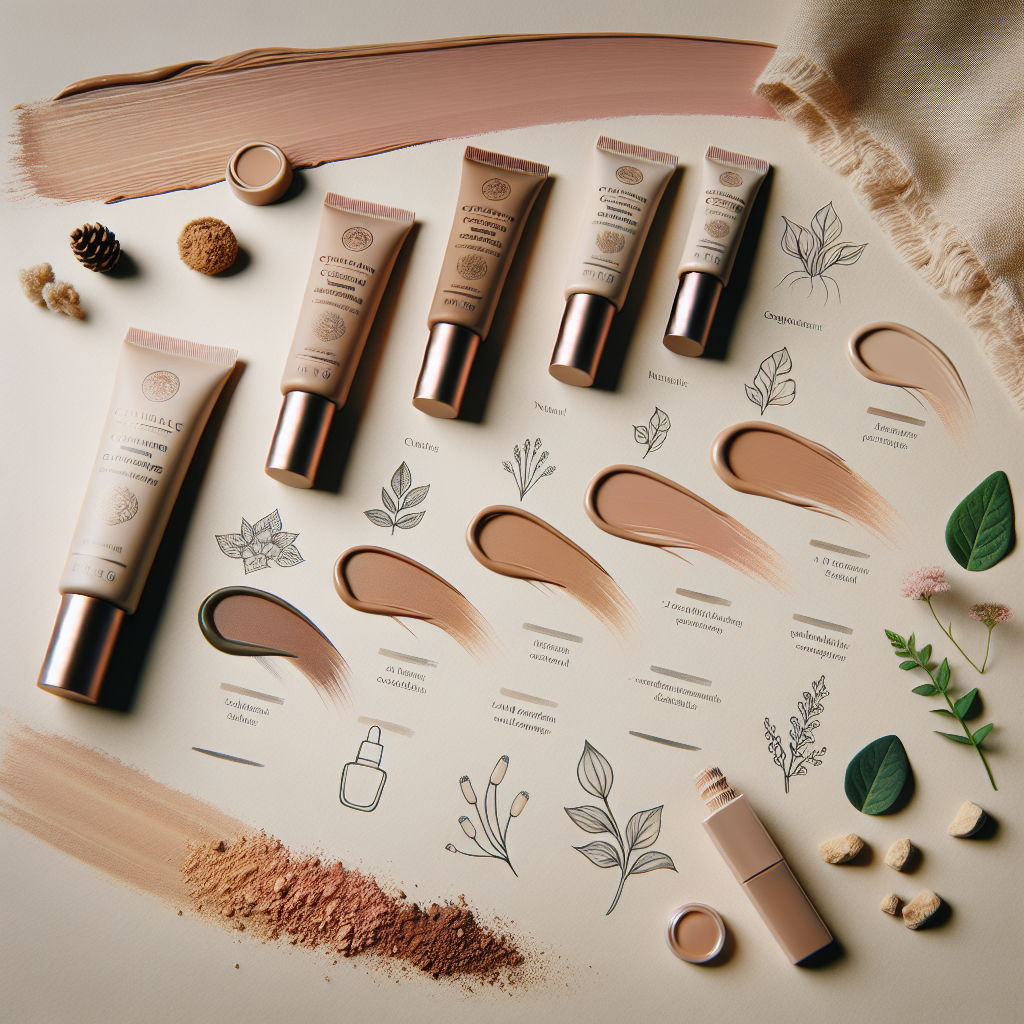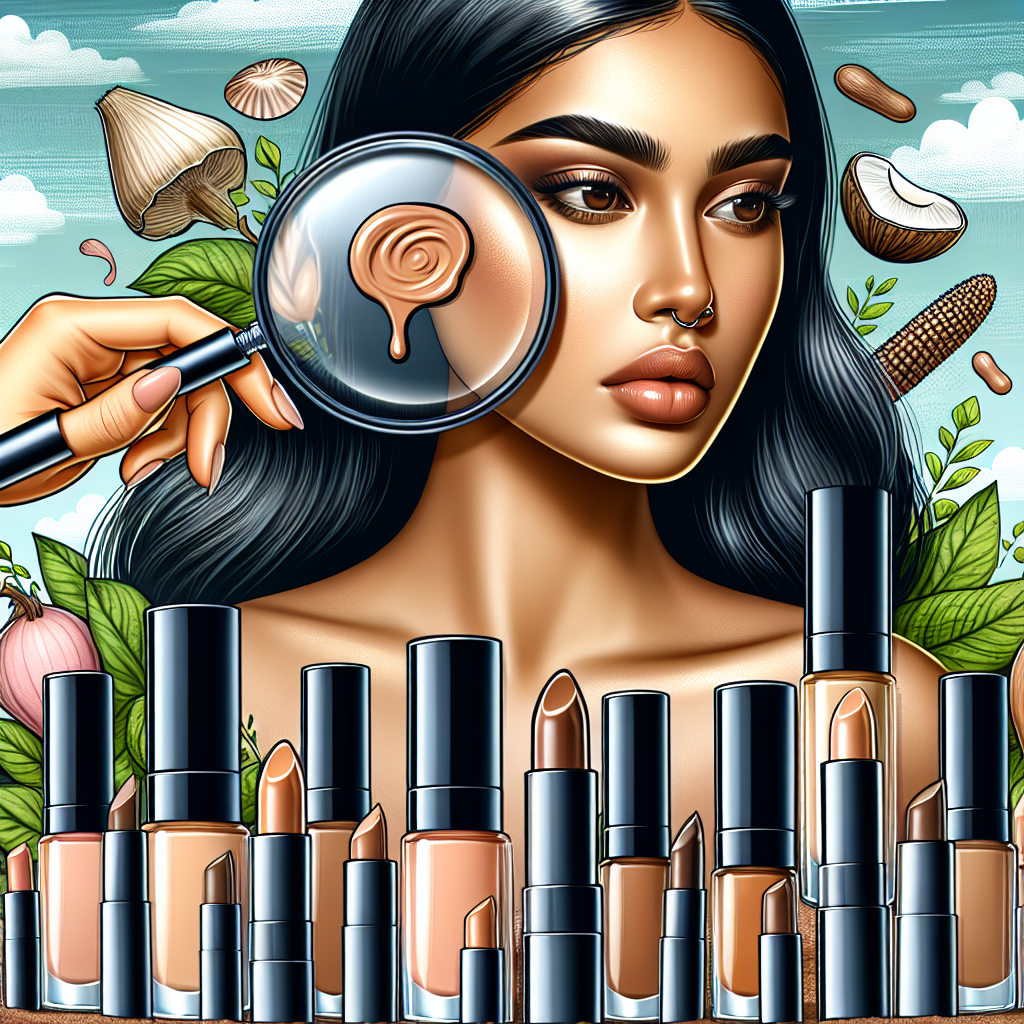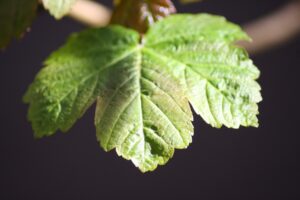Vegan Concealer: Introduction
In the world of beauty and cosmetics, finding products that are both effective and ethically conscious can sometimes be a challenge. However, our search for the perfect vegan concealer ends here. Designed with a focus on providing flawless coverage without compromising on our values, the Vegan Concealer is an absolute game-changer. With its cruelty-free formulation and natural ingredients, it not only conceals imperfections but also nourishes and hydrates the skin. Say goodbye to traditional concealers and hello to a guilt-free beauty staple that truly works wonders.
What is Vegan Concealer?
Vegan concealer refers to a type of concealer that is made without any animal-derived ingredients or by-products. It is a cruelty-free and ethical alternative to traditional concealers, making it a popular choice among those who follow a vegan lifestyle or are conscious of animal welfare.
Definition of vegan
A vegan product is one that does not contain any animal ingredients or by-products, nor is it involved in any form of animal testing. Veganism is a way of living that seeks to exclude the use of animals for food, clothing, or any other purpose. Vegan products, including vegan concealer, are made with plant-based and synthetic ingredients.
Definition of concealer
Concealer is a cosmetic product used to hide imperfections on the skin, such as dark circles, blemishes, and redness. It is typically applied before foundation or as a standalone product to even out the skin tone and create a smooth canvas. Concealers come in different forms, such as creams, liquids, sticks, or powders, and can provide varying levels of coverage.
Explanation of vegan concealer
Vegan concealer is specifically formulated using plant-based and synthetic ingredients, ensuring that no animals are harmed or exploited in the production process. It offers the same benefits as traditional concealers, such as coverage and color correction, while aligning with the values of those who follow a vegan lifestyle. Vegan concealers are also often free from harsh chemicals, artificial fragrances, and other potential irritants, making them suitable for sensitive skin.
Benefits of Using Vegan Concealer
Cruelty-free
One of the primary benefits of using vegan concealer is that it is cruelty-free. Choosing a product that is not tested on animals helps to reduce the suffering and exploitation of animals in the beauty industry. By opting for vegan options, we can make a positive impact and support brands that prioritize ethical practices.
Ethical sourcing
Vegan concealers are often produced using sustainable and ethically sourced ingredients. This means that the plants and synthetic materials used in the formulation are obtained without causing harm to the environment or wildlife habitats. By using vegan concealer, we can contribute to the preservation of natural resources and promote sustainable beauty practices.
No animal by-products
Traditional concealers often contain animal-derived ingredients, such as beeswax, carmine, lanolin, or animal-derived squalene. These ingredients are obtained from animals, usually through processes that may involve animal cruelty. Vegan concealers avoid the use of these animal by-products, providing a guilt-free option for those who wish to avoid supporting the exploitation of animals.
Better for sensitive skin
Vegan concealers are often made with natural and gentle ingredients, making them suitable for sensitive skin types. By avoiding harsh chemicals and potential allergens found in non-vegan concealers, vegan options help to minimize the risk of irritation and breakouts. This makes vegan concealer a preferred choice for individuals with sensitive skin or those who are prone to allergies.

Ingredients to Avoid in Non-Vegan Concealers
Beeswax
Beeswax is a common ingredient in traditional concealers and is obtained from honeycomb cells within beehives. While beeswax provides a creamy texture and helps to bind ingredients together, it is not considered vegan-friendly. Vegan concealers utilize alternative natural waxes or synthetic ingredients to achieve similar properties without using beeswax.
Carmine
Carmine, also known as cochineal extract or carminic acid, is a red pigment obtained from crushed female cochineal insects. It is often used in cosmetics to provide a range of red, pink, and purple shades. Vegan concealers avoid the use of carmine and instead use synthetic or plant-based pigments to achieve different colors.
Lanolin
Lanolin is a waxy substance derived from the sebaceous glands of sheep. It is commonly used in cosmetics and skincare products for its moisturizing properties. However, it is not considered vegan as it is obtained from animals. Vegan concealers utilize plant-based oils and waxes as alternatives to achieve hydration and nourishment for the skin.
Animal-derived squalene
Squalene is a natural oil that is commonly found in the livers of sharks. It is often used in cosmetics for its moisturizing and emollient properties. However, due to ethical concerns surrounding the harvesting of shark liver oil, vegan concealers use plant-derived squalene, typically sourced from olives or other plant sources.
Common Ingredients in Vegan Concealers
Plant-based oils
Vegan concealers often contain a variety of plant-based oils, such as jojoba oil, coconut oil, argan oil, or avocado oil. These oils provide nourishing and moisturizing benefits to the skin, helping to keep it hydrated and supple. Plant-based oils are lightweight and easily absorbed, making them suitable for all skin types.
Natural waxes
To achieve a creamy texture and provide a smooth application, vegan concealers use natural waxes like candelilla wax or carnauba wax. These waxes are derived from plant sources, making them suitable for vegan products. Natural waxes help the concealer adhere to the skin and provide long-lasting coverage.
Mineral pigments
Vegan concealers often rely on mineral pigments to provide different shades and color correction. These pigments, such as iron oxides, titanium dioxide, or mica, are derived from minerals found in the earth. Mineral pigments are safe for the skin and can provide natural-looking coverage without causing irritation.
Vegetable glycerin
Vegetable glycerin is a humectant derived from plant oils. It is commonly used in vegan concealers for its moisturizing and hydrating properties. Vegetable glycerin helps to lock in moisture and keep the skin soft and supple. It also acts as a emollient, helping the concealer glide smoothly on the skin.

How to Choose the Right Vegan Concealer
Check for a cruelty-free certification
Before purchasing a vegan concealer, it is important to check for a cruelty-free certification. Look for logos or certifications from organizations such as Leaping Bunny or PETA, which indicate that the product is not tested on animals. These certifications provide assurance that the brand follows ethical practices and aligns with vegan values.
Read ingredient labels
Carefully read the ingredient labels of vegan concealers to ensure that they meet your specific needs and preferences. Look for ingredients that are non-comedogenic (won’t clog pores), suitable for your skin type, and free from potential allergens. Understanding the ingredients will help you make an informed decision and choose a concealer that suits your skin’s requirements.
Consider your skin type
Consider your skin type when selecting a vegan concealer. Different formulations cater to various skin types, such as dry, oily, combination, or sensitive skin. For example, if you have dry skin, opt for a creamy concealer that provides hydration. If you have oily skin, choose a matte or oil-free formula that helps control shine.
Determine your desired coverage
Decide on the level of coverage you need from your concealer. Vegan concealers come in different coverage options, ranging from light to full coverage. Light coverage concealers can be used for a natural, “no-makeup” look, while full coverage concealers are suitable for covering dark circles, blemishes, or scars. Consider your needs and preferences to find the right balance of coverage.
Popular Vegan Concealer Brands
1. Tarte Cosmetics
Tarte Cosmetics is known for its high-quality vegan and cruelty-free makeup products, including their highly rated Shape Tape Concealer. This concealer offers full coverage and a smooth finish, helping to camouflage imperfections and brighten the under-eye area. Tarte Cosmetics is committed to using sustainable, natural ingredients and eco-friendly packaging.
2. Kat Von D Beauty
Kat Von D Beauty offers a range of vegan and cruelty-free makeup products, including their popular Lock-It Concealer. This concealer is known for its long-lasting coverage and ability to hide even the most stubborn blemishes or discoloration. Kat Von D Beauty is dedicated to creating high-performance products without compromising on animal rights or quality.
3. Cover FX
Cover FX is a brand that specializes in vegan and cruelty-free makeup, with their Power Play Concealer being a standout product. This concealer provides full coverage while remaining lightweight and breathable on the skin. Cover FX is known for its inclusive shade range and commitment to clean, ethical beauty.
4. Pacifica
Pacifica is a brand that offers a wide range of vegan and cruelty-free beauty products, including their highly regarded Liquid Cover Concealer. This concealer provides buildable coverage and a natural finish, helping to even out the skin tone and blur imperfections. Pacifica prides itself on using natural ingredients and sustainable packaging.
5. Elf Cosmetics
Elf Cosmetics is a budget-friendly brand that offers a variety of vegan and cruelty-free makeup products, including their Camo Concealer. This concealer provides full coverage and a matte finish, helping to hide dark circles, redness, or blemishes. Elf Cosmetics focuses on offering affordable, high-quality products that are accessible to everyone.

How to Apply Vegan Concealer
Prepare your skin
Before applying vegan concealer, it is important to properly cleanse and moisturize your skin. Start with a clean and dry face, and apply a lightweight moisturizer to hydrate the skin. Allow the moisturizer to fully absorb before moving on to the concealer application.
Choose the right shade
Select a vegan concealer shade that matches your skin tone or is slightly lighter for brightening the under-eye area. Test the shade on your jawline or inner wrist to ensure an accurate match. The right shade will seamlessly blend into your skin for a natural look.
Apply small dots or lines
Using the concealer wand or a clean brush, dab small dots or lines of concealer onto the areas you want to cover or brighten. Focus on areas such as under the eyes, around the nose, or any spots or blemishes you wish to conceal. Start with a small amount and build up the coverage if needed.
Blend with a brush or sponge
Gently blend the concealer into your skin using a brush, sponge, or clean fingertips. Use soft, tapping motions to blend the concealer seamlessly into the skin. Avoid rubbing or dragging the concealer, as it may disrupt the coverage or cause streaks.
Set with powder
To maximize the longevity of your vegan concealer, set it with a translucent or setting powder. This will help to prevent creasing and ensure that the concealer stays in place throughout the day. Use a fluffy brush to lightly dust the powder over the concealed areas.
Tips for Maximizing the Effectiveness of Vegan Concealer
Start with a moisturized face
Ensure that your skin is properly moisturized before applying vegan concealer. Hydrated skin provides a smooth canvas for concealer application and helps to prevent creasing or flaking. Use a lightweight moisturizer that suits your skin type and allow it to fully absorb before starting your makeup routine.
Use color correctors for specific concerns
If you have specific concerns, such as dark circles or redness, consider incorporating color correctors into your concealing routine. Color correctors help to neutralize and balance out discoloration before applying concealer. For example, a peach or orange corrector can counteract dark circles, while a green corrector can reduce redness.
Layer thin coats for natural-looking coverage
To achieve a natural-looking finish with your vegan concealer, apply thin coats and build up the coverage gradually if needed. Layering thin coats allows for better control and a more seamless blend with your skin. It also helps to prevent a heavy or cakey appearance.
Set with powder for longer wear
To ensure that your vegan concealer stays in place throughout the day, set it with a translucent or setting powder. This helps to absorb excess oil and prevents the concealer from slipping or creasing. Use a fluffy brush and lightly dust the powder over the concealed areas.
Avoid applying too much product
Using too much concealer can lead to a heavy, unnatural look and may emphasize fine lines or wrinkles. Start with a small amount and gradually build up if needed. Remember, it is easier to add more product than to remove excess.

How to Make DIY Vegan Concealer
Choose a base ingredient
Start by selecting a base ingredient that will provide the desired texture and coverage for your DIY vegan concealer. Options include shea butter, coconut oil, or a combination of moisturizing oils. Choose an ingredient that will suit your skin type and desired consistency.
Select pigments
Choose pigments that will give your DIY vegan concealer the desired color or coverage. Mineral pigments, such as iron oxides or mica, can be used to achieve a range of shades. Experiment with different pigments to find the perfect match for your skin tone.
Add desired oils/waxes
To create a creamy texture and adjust the coverage of your DIY vegan concealer, incorporate natural oils or waxes. Options include candelilla wax, carnauba wax, or jojoba oil. These ingredients will help the concealer stick to the skin and provide a smooth application.
Mix and adjust consistency
Combine the selected base ingredient, pigments, and desired oils/waxes in a small container. Mix well until the ingredients are thoroughly blended. If the consistency is too thick, add a few drops of oil or melted wax to thin it out. If the consistency is too thin, add more pigment or solid wax.
Store in an airtight container
Transfer the DIY vegan concealer mixture into a clean, airtight container for storage. Make sure the container is properly sealed to prevent exposure to air or contaminants. Keep the concealer in a cool, dry place away from direct sunlight to maintain its texture and efficacy.
Conclusion
Vegan concealer offers a cruelty-free and ethical option for achieving flawless skin and hiding imperfections. By opting for vegan concealers, we can support brands that prioritize animal welfare and ethical sourcing. Vegan concealers provide the same benefits as traditional concealers, with the added advantage of being made with plant-based and synthetic ingredients that are better for the environment and suitable for sensitive skin. Additionally, choosing vegan concealers allows us to make a positive impact and contribute to a more compassionate and sustainable beauty industry. So, embrace vegan beauty and make the switch to vegan concealer for a more ethical and compassionate makeup routine.





